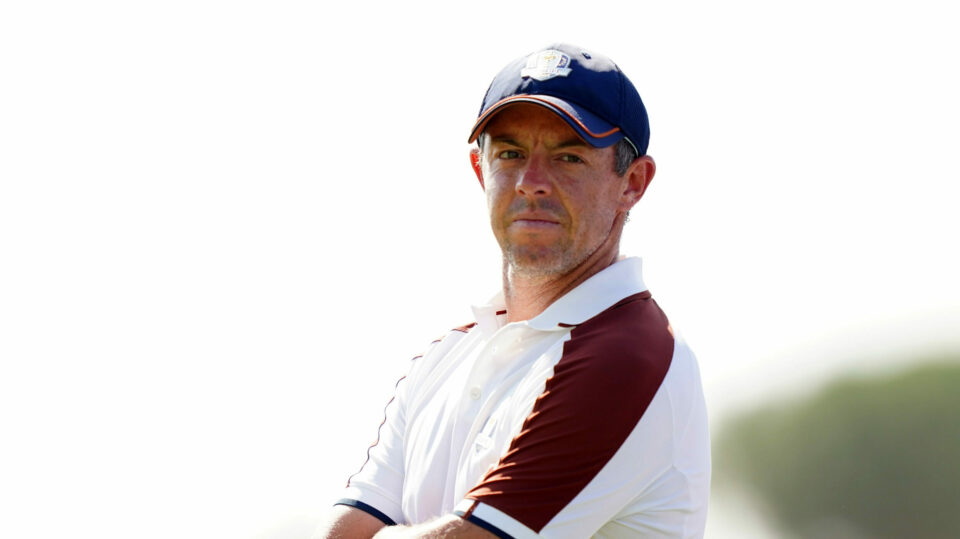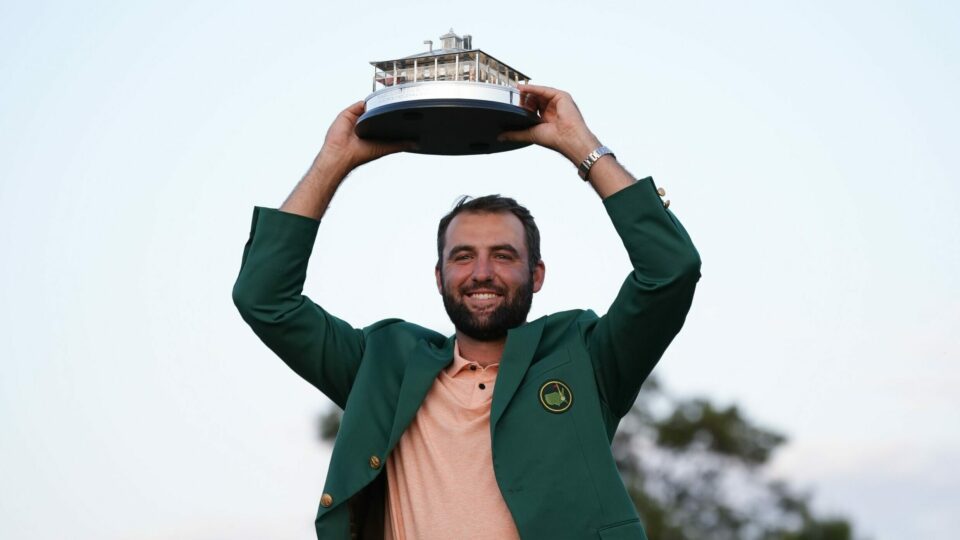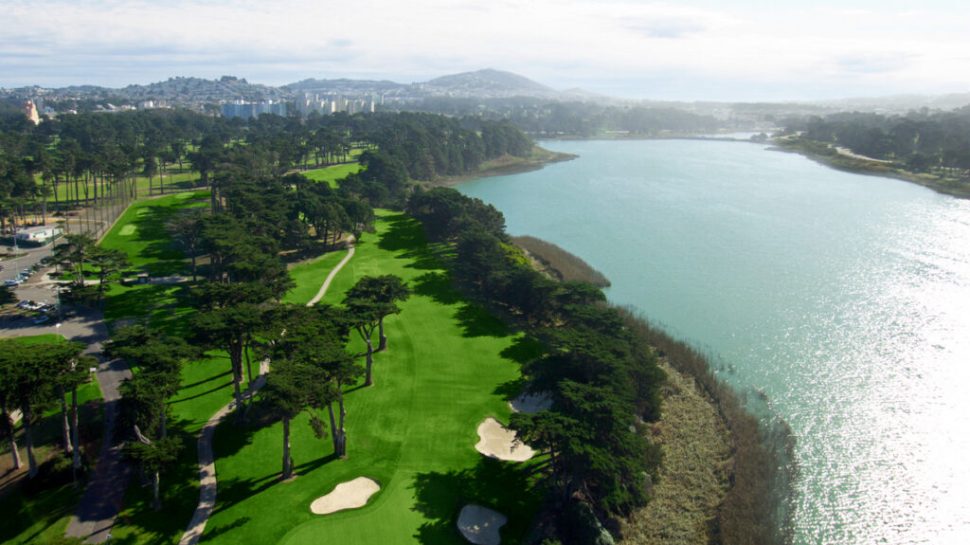
What was supposed to be played in May of this year is now finally ready to commence this week with the 102nd PGA Championship at TPC / Harding Park.
Named after the former president Warren G. Harding, the San Francisco-based layout has gone through a major overhaul in order to test the sport's finest players. The upgrades have also included an official new name - TPC Harding Park -- given the PGA TOUR's close involvement with the facility.
This is the first time since 1998 that the PGA Championship has returned to the west coast and in using Harding Park, the PGA of America is returning to California for the 5th time. Harding Park also becomes just the 4th municipally-owned course to stage the event following Bethpage Black which did so in 2019.
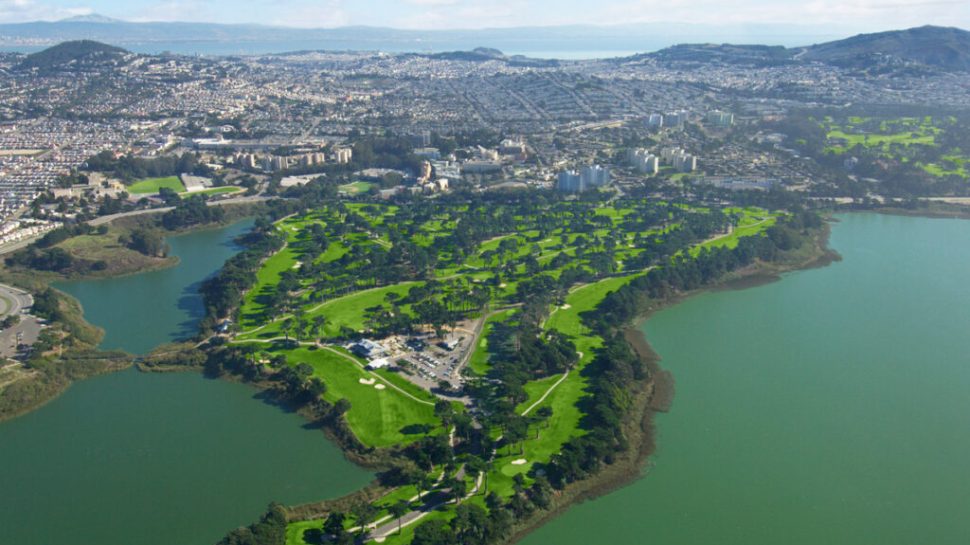
Harding Park is no stranger to top flight competition. The WGC-American Express championship event was played there in 2005 with Tiger Woods prevailing over John Daly in a play-off. In 2009, the Presidents Cup matches were played at Harding and Team USA won decisively. Those matches are set to return in 2026. The WGC-Cadillac Match-Play event was also hosted at Harding in 2015 and won by Rory McIlroy.
Given the upgrades made to Harding Park a panel of architectural experts weigh in on how they see matters playing out. The assembled group all hail from the western portion of the USA.
***
How significant is having public courses host the PGA Championship in back-to-back years with Bethpage Black in 2019 and this year at Harding Park and with The Ocean Course at Kiawah to follow in 2021?
Gary Roger Baird: I feel it brings all golfers closer to the game they play. It is tremendous for promoting golf and is significant for a means to increase visibility, which can result in a positive income for ongoing maintenance and golf course demands.
Cary Bickler: Very significant. It’s the right time in the history of prestigious golf tournaments for venues to be held on public courses 3 years in a row. These back-to-back PGA Championships on public golf courses creates another level of interest for a wider audience. Knowing these courses are accessible and open to the public brings an exciting and welcoming option for golf enthusiasts.
Don Knott: Frequent public venues are great for the game. Most PGA members represent public golf and such venues highlight accessible bucket list items.
Andy Staples: I’d say it’s very significant to play on public facilities, but I’m torn on playing on municipally owned facilities. The effort a city goes through to attract the Tour, and then keep attracting them, is immense. I’d like to see more focus on developing fans around great design, that promotes a more sustainable model.
Bruce Charlton: Playing major championships on courses that are open to the public is great! Since the average Joe and Joanne golfer can play the same exact course played in the event. Makes for a great experience for the "core golfers" that most strongly support the game.
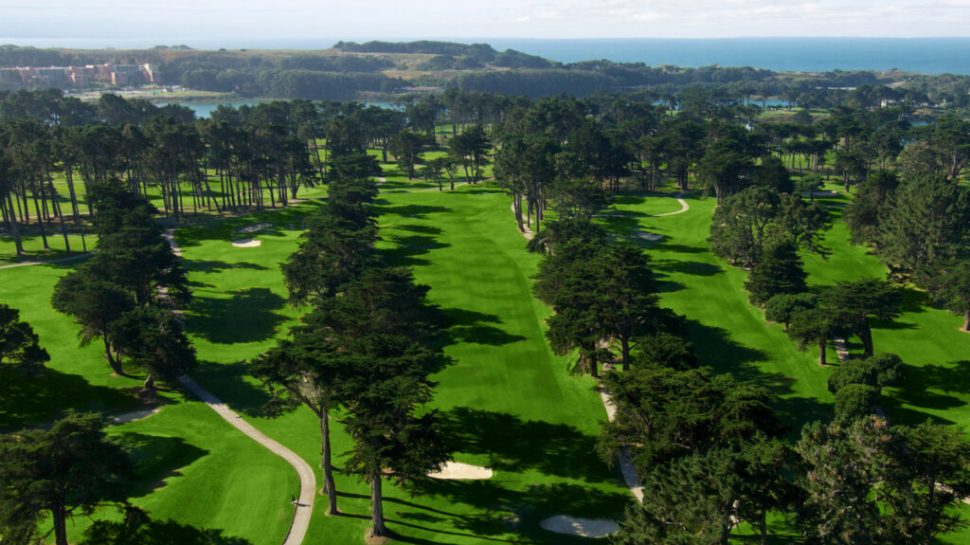
Harding Park has undergone extensive changes / upgrades over the years. From your own experiences what's the most challenging aspect in upgrading a facility?
AS: For me, it’s the process of building consensus around the vision of the plan. Today, it seems there are so many factors that go into that, from the local community, to the residents that play or live on the course, the environmental factors, and the cost of long-term, course management. Finding the right balance of all these factors, and developing a plan for a course of merit, and enduring quality, seems to be getting more and more difficult.
BC: The most important tool a golf architect has, especially when making refinements to an existing facility, is your ears. Listening to the people that ask for changes to be made in the first place. What are the goals for making changes to the golf course? Is it playability, environmental awareness or gaining length? It is critical to play the golf holes before providing concepts for upgrading the golf experience. Playing with a scratch player, an 18 handicapper, the women's champion and average women and senior players in order to see and hear the tendencies of how the golf course plays.
CB: The most challenging aspect in upgrading a golf facility is typically the political atmosphere. After that, budgets come into play followed by overcoming the inconvenience factor of closing all or part of the course during construction. Sometimes I run into what I call the “inertia factor” which simply means resistance to change. But that's OK. All these aspects are inter-connected and need to be handled with care. It's always worth it in the end.
DK: Most challenging aspect of any “upgrade” is keeping a proper perspective of the game and its history. Economic sustainability is critical. Always remember the course must be played throughout the year by average golfers. Don’t get carried away with over design or gimmick details.
GRB: Having everyone on the same page as to the overall needs of the entire staff, including the timing and funding of improvements, and also the order of the project work with an estimated time frame for each phase.

How much of a role should an architect have when major events are played on courses either designed or updated by them?
DK: If the major event is being played for first time on a design by a living architect I think it appropriate to discuss the history and the design. The course setup & the design are inextricably linked.
AS: It’s a must that they have at least some role. However, in my experience, the pro game has gotten to be so planned and technical, that design intent, while extremely important, gives way to presenting a fair or predictable course set up.
BC: The golf course architect should have a critical seat at the table when refinements are discussed and suggested for an upcoming major championship. Mike Davis and his USGA team were very respectful of our opinions for the 2010 US Amateur and 2015 US Open at Chambers Bay, as well as the 2016 US Women's Open at Cordevalle. I learned a great deal from the USGA about the "outside the ropes" needs, especially gallery requirements. We endeavor to think these needs through when designing the courses, but eventual adjustments is necessary for merely the scale of a major championship.
CB: The golf architect has valuable insights regarding the design intent, strategy, and vision of how the course is intended to be played. His or her role should, at the very least, be as a consultant to the team who will be setting up the course for major events.
GRB: To always examine the goals and objectives of those hosting the major event, and be available to offer guidance, as he or she knows the design details of the land, and what can be done expeditiously, with reasonable cost, and within an acceptable time frame.
One of the toughest balancing acts is how the host organization -- in this case the PGA of America -- prepares the site for the event. Given the distances a number of players are achieving today is enough being done to provide for a healthy balancing act between length and accuracy?
AS: For me, the balance has been out of whack for some time now, and is certainly getting more so. The only time accuracy and strategy take precedence over length, it seems, is when the player can lose control of how far their balls runs out. You’ll normally see this in Britain or Ireland when weather conditions are right because of the various strategic angles, with firm, bouncy turf conditions. Sadly, that doesn’t happen in the pro game much in the USA anymore. The end result is make courses longer and longer, and for crying out loud, how much longer can we make these courses?
GRB: This is a major concern. Mowing patterns and rough areas can be adjusted for tournament play. Consideration for creating more challenge can be done with bunker adjustments. We do not want to lose the impact our design forefathers created for the game.
CB: The balance between setting up the course length and accuracy is a fine line. If it’s only about how far the pros can hit the ball, then we’ve lost the challenge of the game, and the strategy of the course. Unquestionably, the PGA of America under the direction of Kerry Haigh will do all they can do to toughen up the course.
BC: Much of the beauty of the game is lost when focusing only on distance in defending par to determine a champion. Modern day championship setups do not maintain the movement of fairways originally conceived by the architect. My favorite way to defend par -- provide choices for greater players requiring them to move the ball. Finding the correct target zone. I am a big fan in using short grass as a defense -- especially around green complexes.
DK: You are correct. Course setup is an age-old debate and will get much press during the Championship. I think the PGA does a great job with their setup, keeping the course challenging and recovery shots possible. Great Houdini shots are loved by all. The PGA also understands you and I will be playing the course the following week. Rough lengths, firmness, and green speed are always the main tools in the box. The majestic cypress trees will be a significant factor at Harding.
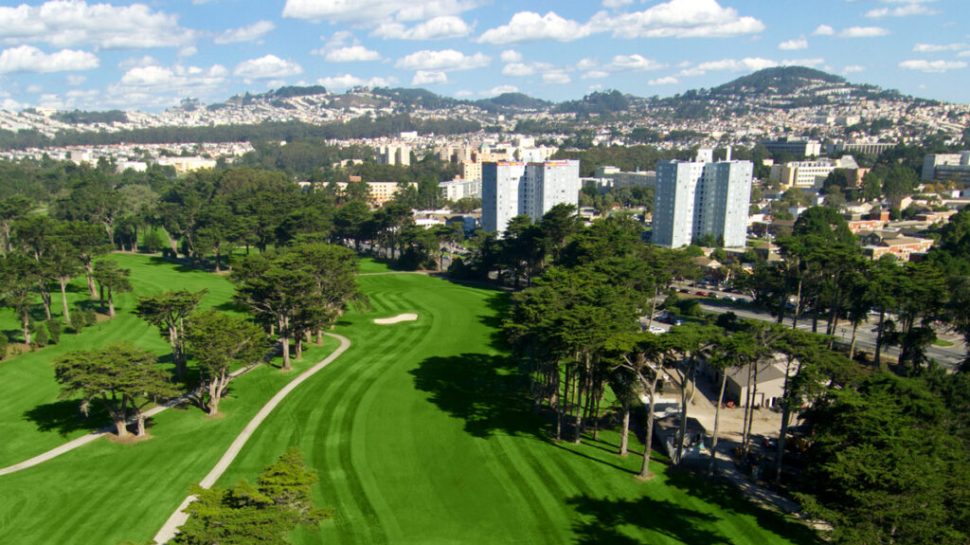
Speaking of equipment and the gains made -- why do you think the USGA and R&A are procrastinating on the topic of overall distances being achieved at the highest of levels? Both organizations admit distance is an issue but nothing tangible has been done to date and Jack Nicklaus, a long-time proponent of ball rollback, clearly expressed his exasperation on the delays at this year's Memorial event. Your comments?
DK: Sounds like a question for the USGA and R&A. The issue is clearly complex. I believe the ruling bodies are trying to avoid the inevitable -- a bifurcation of the game. The old and over used slogan “this course is designed for players of all abilities” is simply not valid or economically sustainable.
CB: I agree with Jack, and I have also been a long-time proponent of a ball rollback. Ten years ago, Jack emphasized that we need a ball rollback. On the flipside, I believe many recreational golfers are playing from tees actually longer than necessary. And I contend that because recreational golfers have slower swing speeds than the pros, they are not benefiting as much from today’s equipment technology.
AS: I agree with Mr. Nicklaus, and wonder why something hasn’t been done. I don’t see how multiple types of balls would be such a bad thing - to have a tournament ball, or some form of a different ball for the amateur. It would be the golf version of the wooden bat versus the aluminum bat. I think it would be interesting to see how it would play out, but I’m not holding my breath.
GRB: Our leaders must preserve the original integrity of our game, not just what is acceptable with today's equipment, including both professional and amateur play. We must not find ourselves accepting major costs for designing courses 8,500-9,500 yards. Maintenance costs will rise, equipment costs will continue to arise.There is no quick solution. All players, both young and old, who have played their entire lives, will always want to hit it further.
BC: I completely agree with Jack. The solution is to regulate the golf ball. I applaud all of the advancements the equipment manufacturers are making to the clubs. No matter how advanced the golf clubs are, the talents of the player to execute the swing correctly is still needed. Again, I am a strong advocate of asking players to combine distance and movement of the ball in order to score well.

So much of major championship golf is tied to the theater that happens. In 2005 Tiger Woods and John Daly staged an epic mano-a-mano battle during the WGC American Express Championship played at Harding Park that year. What are you expecting from this year's event given the pandemic still raging in many parts of the USA and most notably in the Bay Area specifically?
BC: I loved that battle at Harding with two of the game's great personalities of that era -- with John Daly missing a short putt and driving directly to Las Vegas with no sleep! With these unprecedented times, and living in Northern California, the Bay Area needs excitement to occur at Harding. I personally like a former major champion to win given his past experience in handling the pressure of a major championship on Sunday will be critical -- even with the roars not being present.
CB: Well, obviously there will be no live spectators due to the pandemic. But there will be a large tv audience with people staying at home, hungry for sports theatre.
GRB: Players will have to realize a quiet venue is about them. They know this, and must mentally and emotionally be prepared to feel like those who climb Mt. Everest. Success is the greatest for any individual -- even if only a few can enjoy it as it happens. Hopefully, they will find an avenue for this accomplishment.
DK: Although the championship will be played without a gallery and therefore less energy on the course, spectacular drama is possible -- see what happened at this year's Workday Charity event. Harding Park is certainly a “park”. Grass and towering cypress trees galore. The long hitters will yet again be favored. As a Cal grad, I like Collin Morikawa.
AS: I’m stoked for this year’s first major, and I can’t wait to watch. Quite honestly, I hope they are able to finish the tournament without any new impact from the virus. I personally don’t think the “bomb-and-gouge” style of play is very compelling on television, so I’m hoping we get to see some new faces, perhaps a new rivalry begin - I love watching Mathew Wolff swing the club!

THE PARTICIPANTS
S. Bruce Charlton
President, Chief Design Officer
Robert Trent Jones II, LLC
Palo, Alto, California
www.rtj2.com
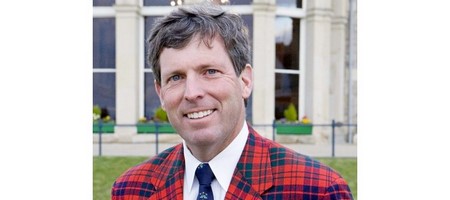
Grew up in Iowa and upon graduation from the University of Arizona with a Bachelor of Landscape Architecture degree, joined the design firm of Robert Trent Jones II. Among his designs include Southern Highlands in Las Vegas, Bro Hof Slott near Stockholm, Sweden, the redesign of Poppy Hills in Pebble Beach and Chambers Bay just outside of Tacoma, WA - site of the 2015 US Open. Serves as President and Chief Design Officer of the firm and is a past president of ASGCA and ASGCA Foundation.
Don Knott
Partner
Knott & Linn Golf Design
Mountain View, California
www.knottlinn.com
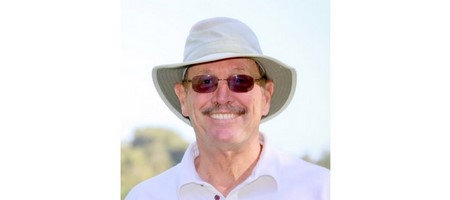
Don Knott is an ASGCA past president, a native of Northern California. Holds a bachelor and master’s degree from UC Berkeley. Senior Vice President and lead designer for the RTJ II organization for more than 20 years before starting his own practice in 1999. Among his most noted efforts include Poipu Bay / Hawaii, Long Island National / New York and The National Golf Club / Australia.
Andy Staples
Owner
Staples Golf Design
Scottsdale, Arizona
www.staplesgolfdesign.com
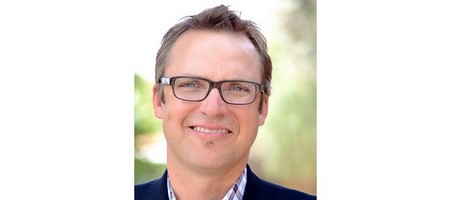
Committed to innovation and providing economic value has made him a proponent in sustainable golf., Since 2014, one of the industry’s most vocal advocates for promoting community golf through the proprietary Community Links® vision. His most notable projects are Meadowbrook Country Club, Northville, MI; Rockwind Community Links, Hobbs, NM, and Sand Hollow Resort, Hurricane, UT. Also is consulting architect of Olympia Fields Country Club in Chicago, Illinois, host of the 2020 BMW Championship this August.
Cary Bickler
President
Cary Bickler, Inc. Golf Course Design
San Diego, California
www.bickler.com.
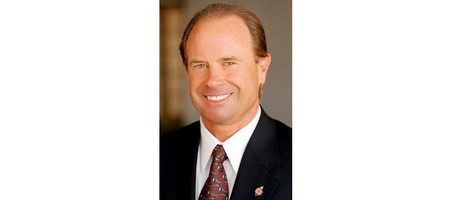
Bickler is a Fellow of the ASGCA and Principal of his design firm founded in 1968 in San Diego, CA. He has completed over 200 golf course projects, with an emphasis on golf course renovation, remodel, and historic restoration.
Gary Roger Baird
President & CEO
GLOBAL GOLF DESIGN, LLC.
Fresno, California
www.globalgolfdesign.com
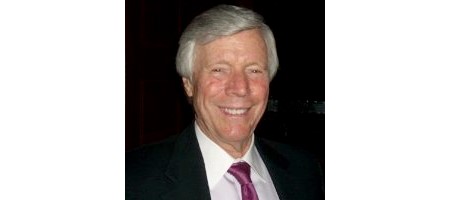
Has been designing courses worldwide for 50 years, with overseas work in Asia, primarily, Thailand, Japan, Korea, and Vietnam. Three national championships held in Asia, and three in California respectively. Has refurbished three courses designed by Donald Ross, and one by Alister MacKenzie.
Images courtesy of Premier Aerials
